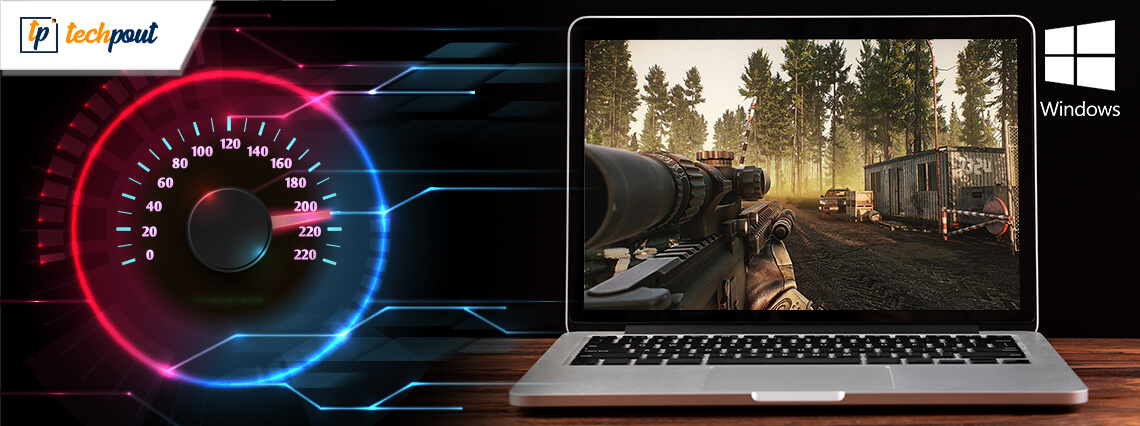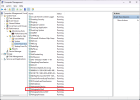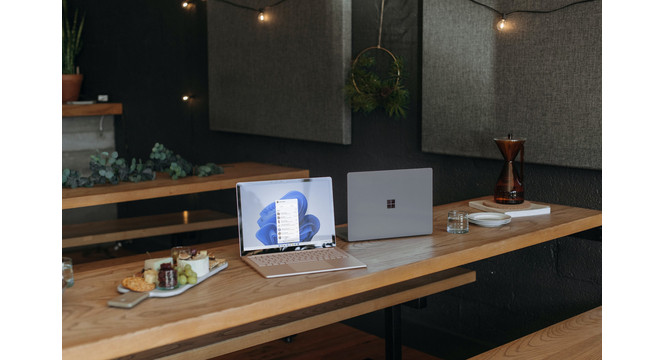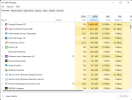Install the app
How to install the app on iOS
Follow along with the video below to see how to install our site as a web app on your home screen.
Note: This feature may not be available in some browsers.
You are using an out of date browser. It may not display this or other websites correctly.
You should upgrade or use an alternative browser.
You should upgrade or use an alternative browser.
Windows 11 [2021]
- Thread starter eastmen
- Start date
Some program could have a memory leak. Anything evident in Event Viewer?
I ran into this with desktop Google Drive recently. It would eventually use all RAM and virtual memory until the machine froze. Event Viewer was informative. I had to set the PC up with a daily reboot task.
I ran into this with desktop Google Drive recently. It would eventually use all RAM and virtual memory until the machine froze. Event Viewer was informative. I had to set the PC up with a daily reboot task.
I simply put 128GB page file on ssd to circumvent the issue.
What should I look in event viewer?
Btw how about sysinternals process explorer? It should show more stuff than task manager.
What should I look in event viewer?
Btw how about sysinternals process explorer? It should show more stuff than task manager.
Question : why do you have 3 different browsers running?
ps: you could try one of those game booster programs to free up memory and stop non essential services

 www.techpout.com
www.techpout.com
ps: you could try one of those game booster programs to free up memory and stop non essential services

18 Best Game Boosters and Optimizers for Windows PC in 2021
Know about the Best Game Booster & Optimizers for Windows in 2021. Enjoy a lag-free gaming experience by boosting game performance using best game optimizers.
 www.techpout.com
www.techpout.com
Edge is always running on startup on w11 despite already disabled "running in background"
Opera for work A
Chrome for work B
Firefox for work C
I didn't feel any slow down, other than start menu search took eons (I replaced it with ueli).
Opera for work A
Chrome for work B
Firefox for work C
I didn't feel any slow down, other than start menu search took eons (I replaced it with ueli).
Edge fairly recently added a fast startup "Startup Boost" option that keeps it resident like back with IE.Edge is always running on startup on w11 despite already disabled "running in background"
Opera for work A
Chrome for work B
Firefox for work C
I didn't feel any slow down, other than start menu search took eons (I replaced it with ueli).
Browsers can use stupid amounts of RAM depending on how the crazy user uses them so maybe you need to get yourself 64GB RAM.
In the days of XP I felt like I had a pretty good handle on all the background processes and how much memory I should expect to see utilized after a boot. You had to really watch your utilization like a hawk in that 256-512MB era. These days looking at eventviewer logs and services.msc makes me feel like an old lady driving around with the oil light on.
The stutter issue with WMR on 22H2 persists. There is no evidence that anyone over there is working on it either, though various people have contacted MS support people about it, and there is a Feedback hub post about it. But it sounds like this goes back into 22H2's prelease insider status days.
The problem is an event trace performance logging happening with something called HolographicShell.

The solution is to stop that log session either in Computer Management above or by command line (or .bat file).
"logman stop HolographicShell -ets"
This is just temporary though because it restarts itself after a reboot.
The problem is an event trace performance logging happening with something called HolographicShell.

The solution is to stop that log session either in Computer Management above or by command line (or .bat file).
"logman stop HolographicShell -ets"
This is just temporary though because it restarts itself after a reboot.
Last edited:
Flappy Pannus
Veteran
Maybe I'll try that next time I reload 22H2. I routinely make system backups with Aomei so it's been easy to jump back and forth between Win11 and 10 the past few weeks to determine what OS has offered more consistent performance. While 22H2 after the Nvidia driver update has been better, there's still more little micro stutters I seem to notice in games under Win11, especially older DX11 titles.
So I reloaded Win10 today, and there is a definite difference in several games with framerate consistency. For example, Arkham City in DX11 mode just stutters significantly more than under Win10 - it's not perfect under 10, but under 11 with DX11 mode it's basically unusable. Mass Effect Legendary also seems to have less traversal stutters. It's nothing massive in terms of immediate impact across my entire library, but on older titles it does start to add up. Not all of these are observable as framerate drops, some it's just odd frame pacing. Unfortunate as I do prefer Win11's look and feel, MS still sucks at consistency with UX overall but going back to Win10 feels pretty archaic.
Nadalina has also noticed this with a few of her games in testing. Her feelings echo my experience, it's the 1%/.1% lows that seem to be a problem with some games.
So I reloaded Win10 today, and there is a definite difference in several games with framerate consistency. For example, Arkham City in DX11 mode just stutters significantly more than under Win10 - it's not perfect under 10, but under 11 with DX11 mode it's basically unusable. Mass Effect Legendary also seems to have less traversal stutters. It's nothing massive in terms of immediate impact across my entire library, but on older titles it does start to add up. Not all of these are observable as framerate drops, some it's just odd frame pacing. Unfortunate as I do prefer Win11's look and feel, MS still sucks at consistency with UX overall but going back to Win10 feels pretty archaic.
Nadalina has also noticed this with a few of her games in testing. Her feelings echo my experience, it's the 1%/.1% lows that seem to be a problem with some games.
Last edited:
There is an Insider update

 blogs.windows.com
blogs.windows.com
This is supposed to come in a service update for 22H2 as well.

Announcing Windows 11 Insider Preview Build 25227
Hello Windows Insiders, today we are releasing Windows 11 Insider Preview Build 25227 to the Dev Channel. TL;DR We are releasing ISOs for this build – they can be
Made a change to address an issue which could lead to performance degradation when using performance monitoring tools which leveraged the Microsoft-Windows-DxgKrnl ETW provider. This also impacted performance for Windows Mixed Reality.
This is supposed to come in a service update for 22H2 as well.
Btw has Microsoft provided the reasoning behind making windows 11 desktop UX a downgrade from 10, and didn't upgrade its touch UX at the very least to be as good as 8?
10 have good desktop, kinda annoying touch. 8 has good touch UX but very baffling desktop UX.
11 = annoying for both.
10 have good desktop, kinda annoying touch. 8 has good touch UX but very baffling desktop UX.
11 = annoying for both.
OrangeLupa I have the solution to your memory problem
D
Deleted member 2197
Guest

Windows 11 : une adoption décevante sur les PC ?
GNT est le portail Hi-Tech français consacré aux nouvelles technologies (internet, logiciel, matériel, mobilité, entreprise) et au jeu vidéo PC et consoles.
According to StatCounter's latest report for October, Windows 11's market share on computers running Microsoft's operating system is 15.44%. An adoption rate that is slowly climbing and has attracted attention. Windows 11 has indeed been available for a little over a year now. A firstannual update 22H2has also appeared.
Currently, this means thatless than one in six Windows PCs are running Windows 11. Pointing out that the market share of the Windows operating system on the desktop is 75.93% (15.74% for macOS).
On Windows PCs, Windows 11's market share is second only to Windows 10 at 71.29%. The surprise is to note that the market share ofWindows 7 remains at 9.61%, probably benefiting from ESU (Extended Security Updates) on the enterprise side.
Windows 11 is lighting fast when debloated. This is how my W11, which is meant for gaming, looks nowadays. It's installed in a 2TB NVMe, while I have a 1TB SSD where I installed Ubuntu to work.

how much more fps and reduced load times it brings?
What does an empty desktop and lack of icons have to do with being debloated? Not having anything visible in your screenshot really has nothing to do with what is running in the background.Windows 11 is lighting fast when debloated. This is how my W11, which is meant for gaming, looks nowadays. It's installed in a 2TB NVMe, while I have a 1TB SSD where I installed Ubuntu to work.
Similar threads
- Replies
- 3
- Views
- 2K
- Replies
- 2
- Views
- 1K
- Replies
- 91
- Views
- 6K
- Replies
- 15
- Views
- 2K

